Ujian kualifikasi telah lama berlalu (feb 2006 lalu), meskipun demikian baru hari ini evaluasi resmi terhadap usulan riset disertasi mengkristal dalam sidang Ujian UP untuk akhirnya dapat dilakukan tindakan nyata.
Mencari topik penelitian, memformulasi permasalahan dengan kualifikasi Ph.D ternyata tidaklah segampang menulis paper. Tahapan ini merupakan suatu proses penting, ibarat seseorang sedang merencanakan suatu perjalanan dan menentukan kota yang dituju. Tentunya akan ada pertanyaan, mengapa ke kota tersebut, apa yang dapat diperoleh jika ke kota tersebut, apakah cukup layak untuk ke sana atau harus ketempat lain. Semakin jauh kota yang dituju semakin berat, tenaga, waktu dan biaya yang harus dikeluarkan. Jika saja ada kota lain yang lebih dekat, lebih mudah perjalanannya tentulah hal tersebut dapat dipilih. Tetapi masalahnya adalah bagaimana menyakinkan hal tersebut bahwa ke kota yang (menurut kita gampang) itu sudah mencukupi.
Jadi riset disertasi yang saya pilih juga demikian adanya, bila dapat dipilih permasalahan yang relatif gampang (menurut pendapat pribadi), murah biayanya, tentulah riset tersebut dipilih. Yang menjadi masalah hanya bagaimana membikin argumentasi kepada para penguji bahwa riset yang diajukan tersebut memang berbobot mempunyai nilai yang orisionil dengan kualifikasi Ph.D (tentunya ini menurut wawasan penguji).
Itulah yang aku lakukan hari ini dengan acara yang disebut Ujian Usulan Penelitian (UP) Disertasi, adapun judul yang aku ajukan adalah :
Pengaruh Bentuk dan Ukuran Washer (Ring) pada Perilaku Sambungan Baut Mutu Tinggi dengan Pre-tensioning di Baja Cold-Formed
Yah, kalau melihat judul di atas, kelihatannya sepele, kecil, dan tidak berarti, tetapi ternyata ibarat gunung es, dari luar hanya nongol kecil, tetapi jika dilihat ke dalam, sangat besar. Dari paper yang aku susun sebanyak 50 halaman terlihat potensi yang begitu besar, dikemudian hari, hasil riset ini akan dapat di patent-kan. Dari riset itu pula akan dibuktikan kompetensi pemakaian f.e.m tingkat tinggi sekelas ABAQUS. Kalau hanya sekelas program SAP2000 aja, jelas, masalah di atas tidak dapat diatasi. Problemnya adalah mikro dan non-linier (in-elastis, large-deformation, contact-problems) lengkap deh.
Adapun dewan penguji dalam ujian UP tersebut pengujinya adalah :
- Prof. Ir. Moh. Sahari Besari, M.Sc., Ph.D (guru besar ITB) yang bertindak selaku promotor, dari beliau telah lahir tokoh-tokoh berkelas di dunia konstruksi Indonesia, doktor bimbingan beliau antara lain adalah Prof. Dr. Wiratman Wangsadinata (guru besar ITB), Prof. Dr. Aziz Djajaputra (guru besar ITB), Dr. Cesilia G. (rektor UNPAR yang sekarang), dan banyak lagi. Kepakaran dan senioritas beliau di dunia ilmu teknik sipil tidak diragukan lagi. O ya, beliau adalah salah satu atau mungkin satu-satunya putra Indonesia yang mempunyai patent beton ringan yang diakui oleh NASA. Dengan demikian tentu beliau tahu benar apa yang dimaksud dengan riset orisinil dengan kualitas Ph.D seperti yang aku maksud di atas.
- Prof. Bambang Soerjoatmono Ph.D. (guru besar UNPAR dan direktur Pascasarjana UNPAR) selaku penguji. Bagi pembaca buku-buku terbitan Erlangga tentang beton tentulah tidak asing dengan nama beliau, beliau cukup banyak menerjemahkan buku-buku tersebut.
- Dr.Ir. Muslinang Moestopo (pakar baja ITB, tokoh dibelakang peraturan baja Indonesia)
- Dr.Ir. Paulus Kartawijaya (Ketua Jurusan Teknik Sipil UNPAR) bertindak selaku ko-promotor
- Dr.Ir. Cecilia Lauw Giok Swan (rektor UNPAR) bertindak selaku penguji
Berdasarkan paper yang aku coba ungkapan secara sistematis, apa masalahnya, mengapa masalah tersebut aku ambil dan lalu mau apa dengan masalah tersebut (yah kira-kira seperti teoriku tentang bagaimana membikin skripsi itu lho) dan juga presentasi ke pada mereka ber-empat (Ibu Cecilia berhalangan hadir pada acara presetasi, tetapi telah memberikan penilaian tertulis terhadap paperku tadi.
Akhirnya beliau-beliau tadi di atas cukup puas dan mempersilahkan untuk meneruskan topik tersebut. Artinya apa, artinya aku LULUS Ujian Usulan Penelitian Disertasi tersebut, dengan kualifikasi nilai sangat memuaskan yaitu A. Berarti aku berhasil menyakinkan mereka, para pakar bidang konstruksi tersebut.
Selanjutnya setelah UP maka proses evaluasi disertasi tadi akan diadakan pada saat Sidang Tertutup. Tetapi sebelum itu tentu diperlukan seminar yang disebut SKP I dan SKP II. Saya berharap semoga proses ini dapat berjalan lancar.
Semoga Tuhan memberkati. Amin.
Note : ada ceritanya lho sewaktu Ujian Kualifikasi Doktoral.

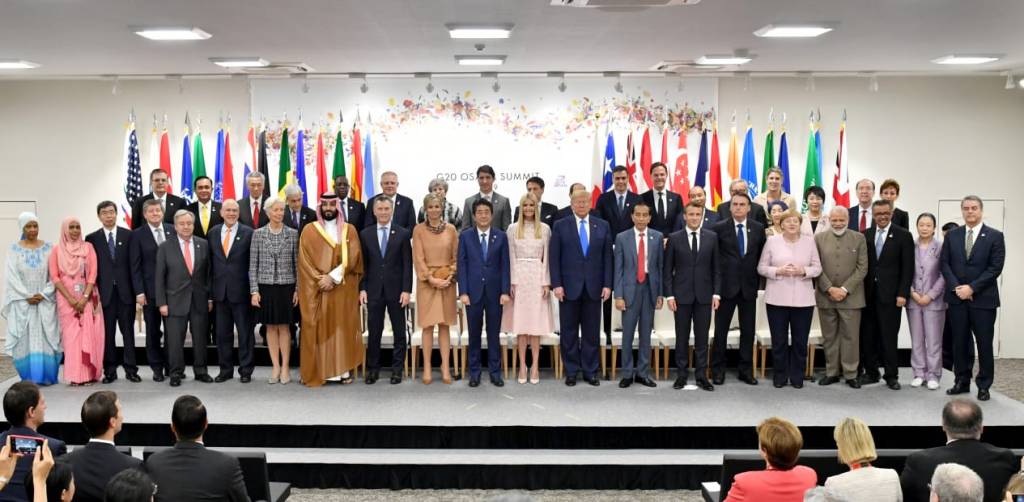
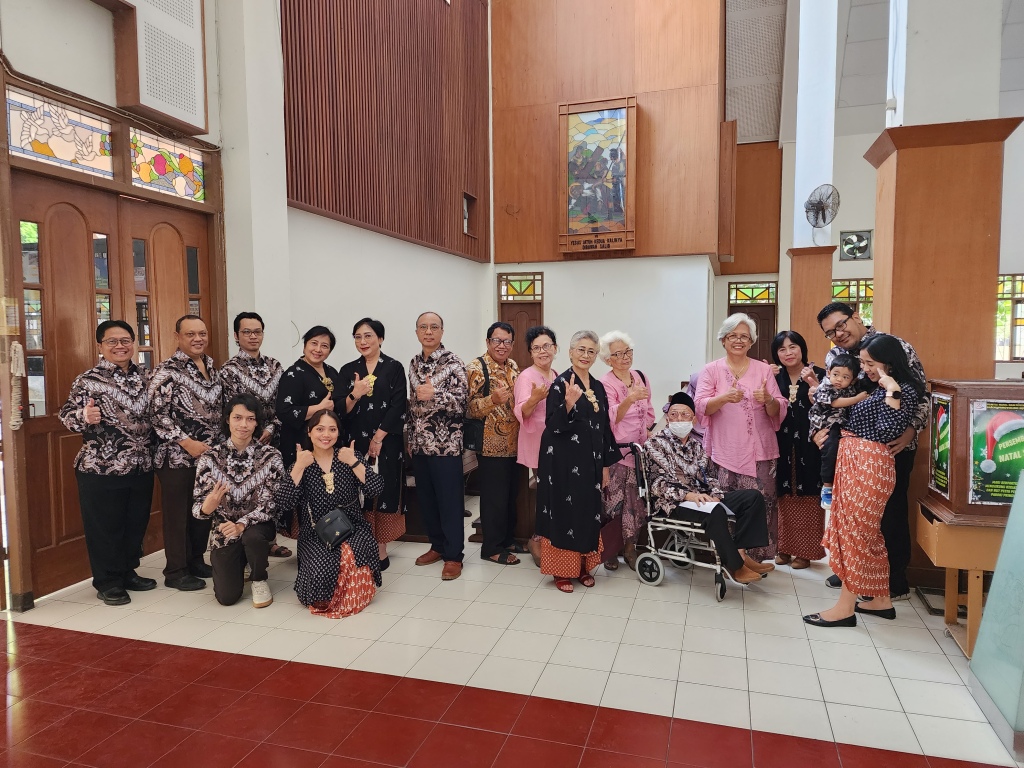

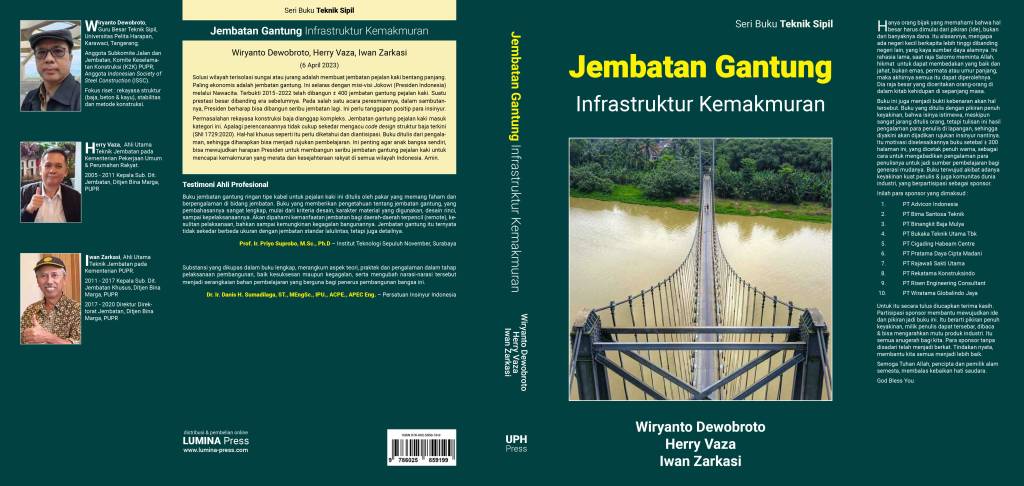
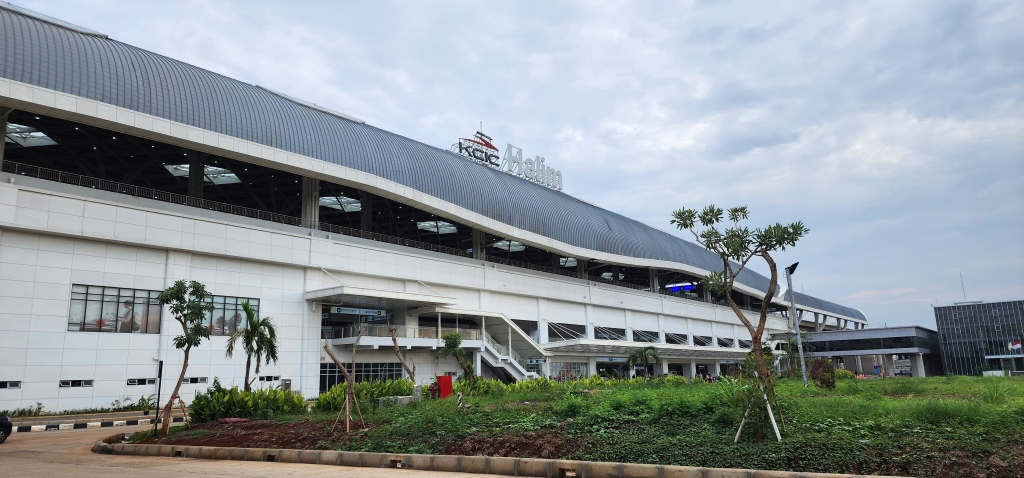
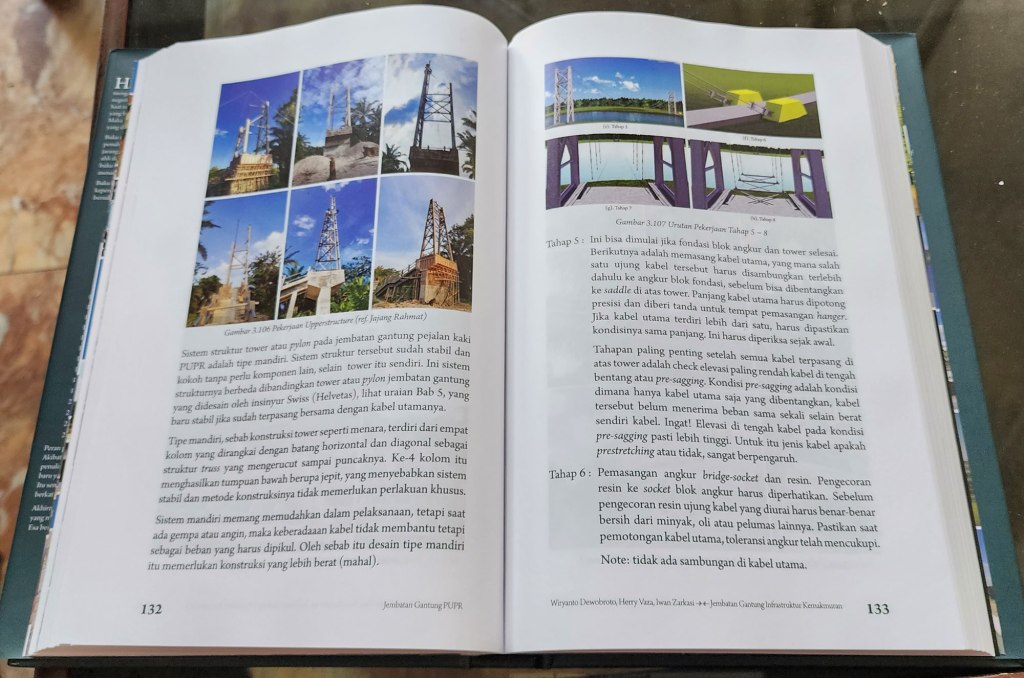
Tinggalkan Balasan ke wir Batalkan balasan